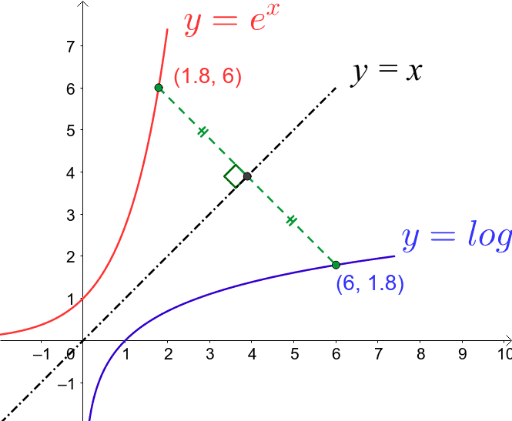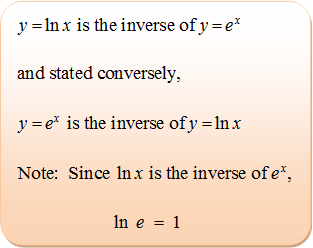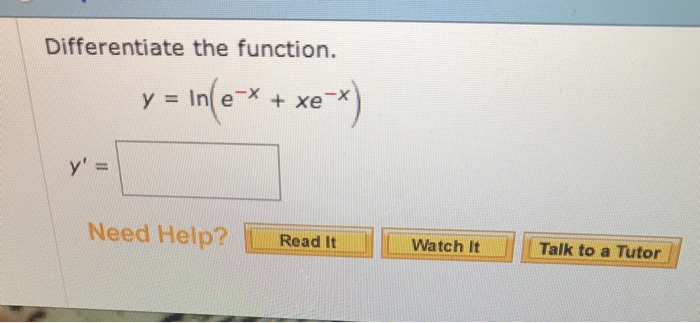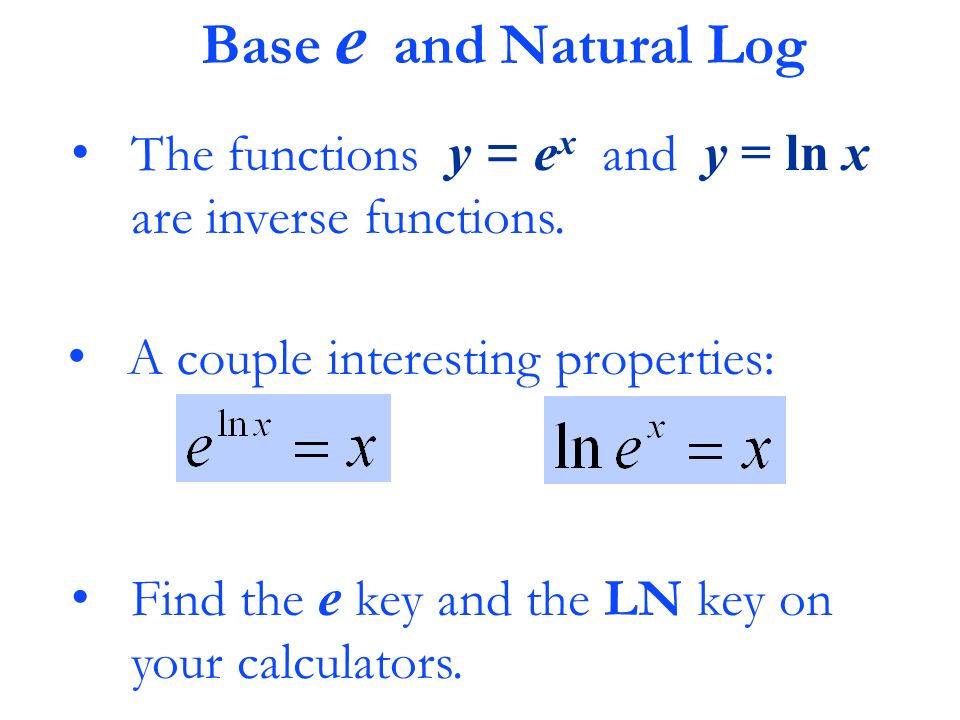
integration - How to find the area bounded by $y=\ln\left(x\right)$ and $y=e+1-x$, and the $x$ axis? - Mathematics Stack Exchange

E/ Natural Log. e y = a x Many formulas in calculus are greatly simplified if we use a base a such that the slope of the tangent line at y =

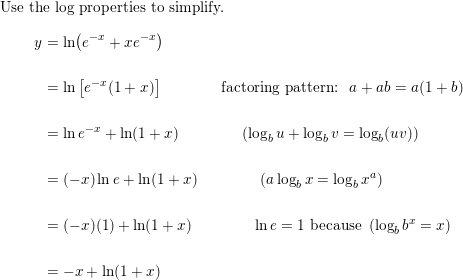

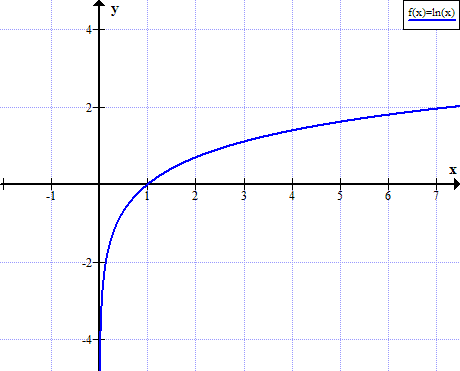


)=\ln(5)&line2=\mathrm{Solution:\:}y=\ln(e^{x}%2B2))
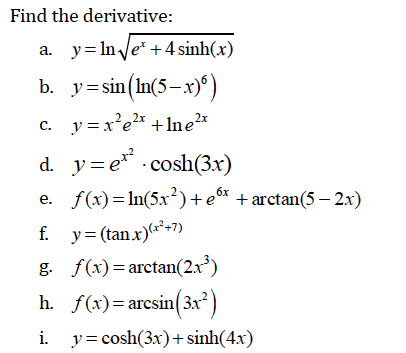


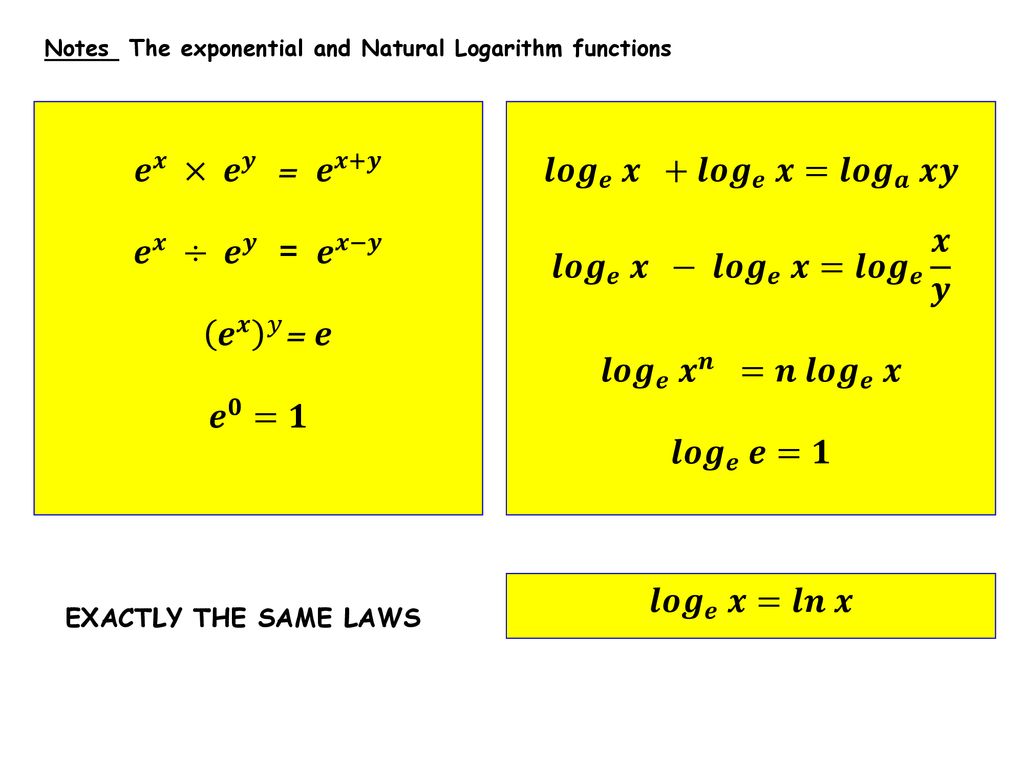
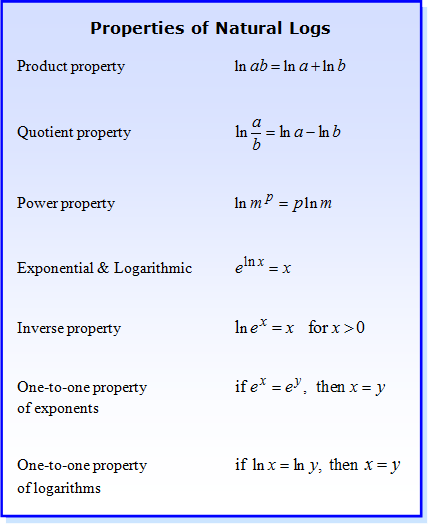




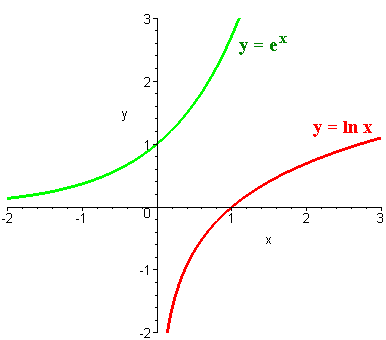
-\ln(x)-\ln(e)&line2=\mathrm{Solution:\:}\ln(\frac{y}{x})-1)
